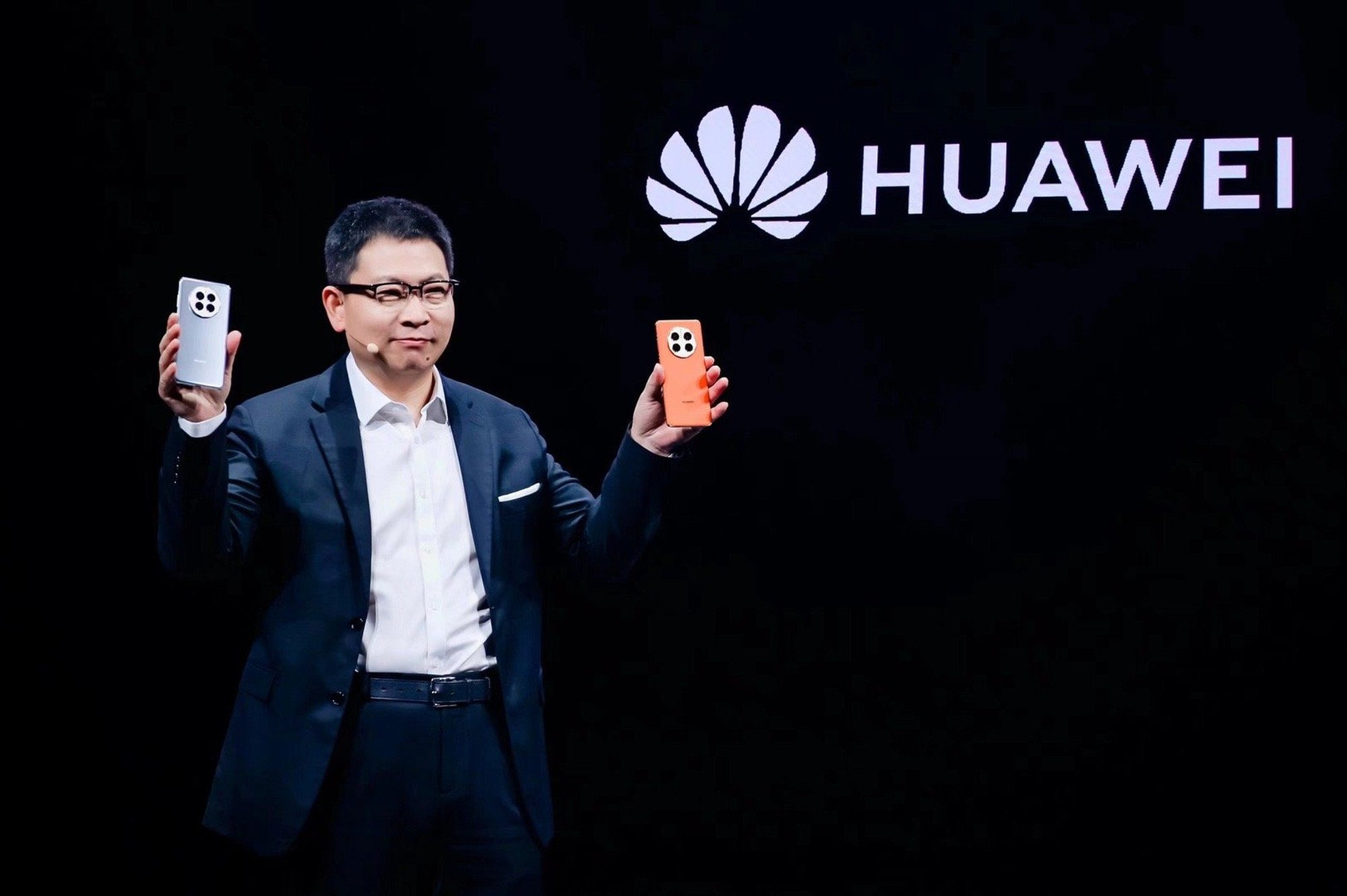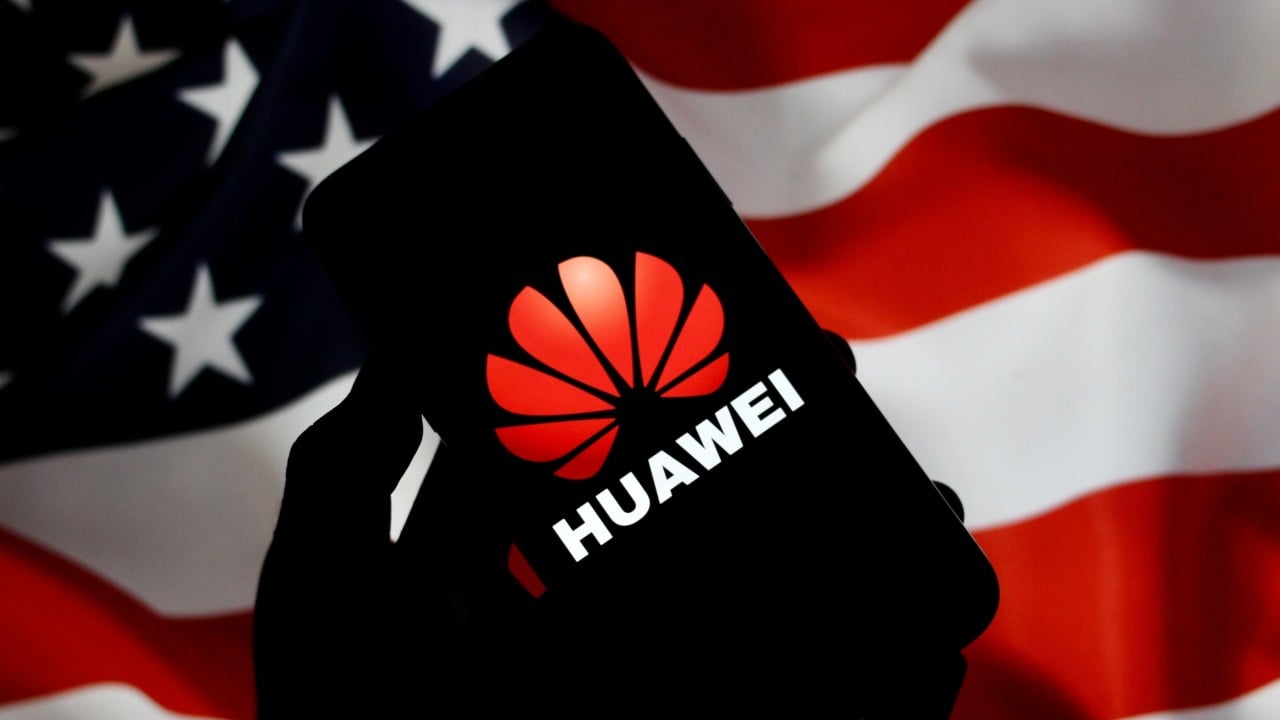Huawei Technologies faced “incredibly difficult” days after the United States government blacklisted the company, according to senior executive Richard Yu Chengdong, as the firm’s lucrative smartphone business went from riches to rags amid stifling trade restrictions.
Yu, chairman of Huawei’s consumer business group, on Monday said in a live-streamed conversation with Chinese influencer Dong Yuhui that the company saw annual smartphone shipments plunge to around 20 million units, as Washington tightened curbs on the export of advanced semiconductors and chip-making equipment to mainland China in 2022.
Shenzhen-based Huawei’s smartphone shipments totalled only 28.1 million units in 2022, when it ranked 10th in the industry and market leader Samsung Electronics shipped 258.5 million units worldwide, according to data from market research firm Omdia. In 2019, the same year Washington added Huawei to its Entity List over national security concerns, the Chinese firm shipped more than 240 million smartphones worldwide.
“My team wasn’t able to start operations,” Yu said. “As the global leader in 5G technology, we didn’t even have 5G [smartphones] ourselves. Our days were incredibly difficult.”

The highly outspoken Yu, whose off-the-cuff comments have earned him the nickname “Big Mouth Yu” from Chinese internet users, led Huawei’s march to wrest the crown of the world’s biggest smartphone vendor from Samsung in the second quarter of 2020.
His candid, live-streamed recollection on Monday shines a light on the lengths taken by Huawei to overcome US restrictions and revive its once-profitable smartphone business, years after the firm was blacklisted by Washington.
Huawei made a surprise comeback in the 5G smartphone market last August, when it released a handset powered by a 7-nanometre processor – a breakthrough that was lauded on the mainland, but sparked intense scrutiny from Washington in light of existing tech access restrictions.
While Huawei has remained tight-lipped over that development, distributors and employees at the company’s stores have started providing details to customers about the processor used in the firm’s flagship smartphones.

“Huawei smartphones use domestically made chips instead of integrating Western chips, so our users are also making a contribution to the rise of China’s electronics supply chain,” Yu said.
The privately-held company is expected to ship more than 50 million handsets in China this year, reclaiming the top spot on the mainland with a projected 19 per cent market share, up from 12 per cent in 2023, according to research firm TechInsights.
Last week, Huawei completed construction of its 10-billion-yuan (US$1.4 billion) research and development centre in Shanghai, where it will focus on semiconductors, wireless networks and the Internet of Things.
Huawei also expects to break the dominance of Western mobile operating systems in mainland China when it releases HarmonyOS Next, which will end support for Android apps.
Still, Huawei could face tighter scrutiny after the Biden administration this year revoked eight licences that enabled some US companies to ship goods to the company, according to a Reuters report earlier this month.


